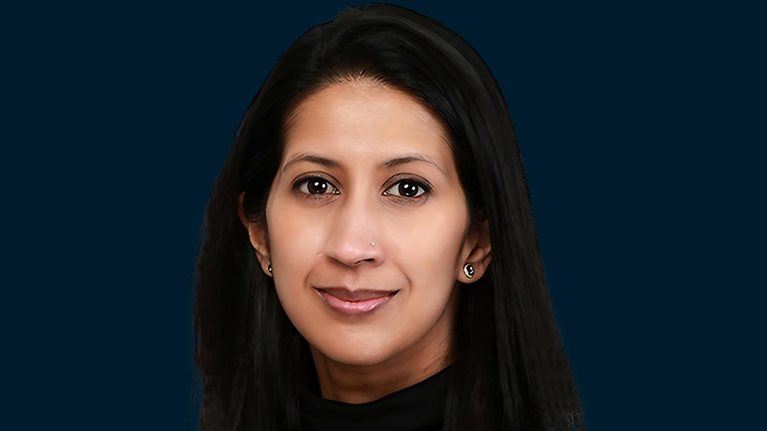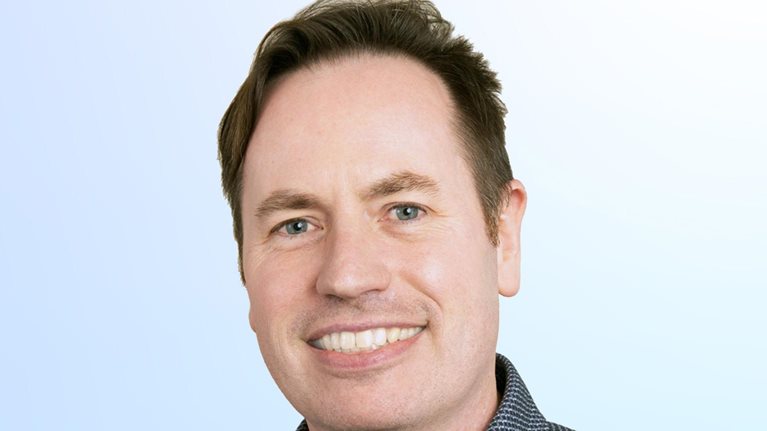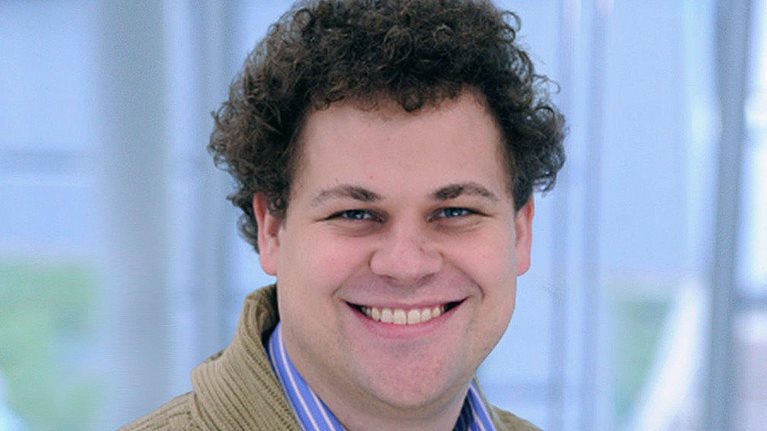After starting her career as a physician and working in academia, Lykke Hinsch Gylvin took her path toward biopharma to help patients from a different angle. Now, as chief medical officer and head of global medicine at Boehringer Ingelheim, Hinsch Gylvin helps further the company’s innovation-oriented mission to bring novel therapies to patients using cutting-edge digital tools and AI.
In this episode of Eureka!, a McKinsey podcast on innovation in life sciences R&D, hosts Alex Devereson, Stephan Wurzer, and Navraj Nagra talk with Hinsch Gylvin about the different ways Boehringer Ingelheim revolutionizes clinical trials to bring solutions to patients faster, navigates the complex external and industry landscape, and builds an entrepreneurial culture to help further its mission.
An edited version of their conversation follows.
A path inspired by purpose
Navraj Nagra: You were a physician before embarking on your career in biopharma. What compelled you to move into the industry, and what brought you to Boehringer?
Lykke Hinsch Gylvin: I’ve always been driven by a purpose, so it was natural for me to become a medical doctor. Early in my career, I was attracted to the field of neuroscience, so I worked in academia studying chronic pain. Then it was a natural step for me to move into the industry to continue that work and further contribute to the development of new therapies for patients in need. That path took me on a long journey studying several disease areas and through all the phases of clinical development in the pharmaceutical value chain.
What really attracted me to Boehringer was its culture, which is built on innovation. That, combined with the long-term commitment you can have as an independent company, is very rewarding, especially at a company with such a promising pipeline. I see strong potential for me to continue to give and consolidate my knowledge to help patients.
Navraj Nagra: Could you describe the biggest challenges you’re currently facing in clinical development?
Lykke Hinsch Gylvin: Some of the bigger challenges relate to the dynamic external ecosystem, such as geopolitical issues; changes in policies; the evolving demands of regulators, payers, and healthcare systems; and the external demand for therapies that deliver incremental and tangible benefits for patients. But these challenges also create opportunities for us to do better and work faster for patients. At Boehringer, we’re operating at the cross-section between innovation and unmet medical needs. We strive to ensure that at least 75 percent of our pipeline consists of first-in-class assets, which brings a different complexity to navigate on top of external challenges.
And then there’s speed, probability of success, and the cost of clinical development. Cost in particular is a massive challenge, and it’s not decreasing. As a company, and as an industry, we have to manage that trifecta of speed, probability of success, and cost.
Clinical trial design built on innovation
Stephan Wurzer: In the past, Boehringer has explored making clinical development and clinical trials more innovative. What are some of the most notable changes it has explored, and what have been their impacts?
Lykke Hinsch Gylvin: Our ambition at Boehringer is to make our innovative medicines available to more patients, faster. That helps guide how we approach and apply solutions to clinical trials. We look not only at what it takes to bring a product through to registration but also at what evidence is needed to drive better patient outcomes and clinical adoption. In addition to improving trial program duration, we are also looking at how we can better partner with academic partners, healthcare systems, and other external stakeholders.
AI can also help with these innovations. For example, to reduce clinical trial times, in the areas of clinical operations, we are using both large language models and generative AI to improve both our efficiency and effectiveness. We’re focused on improving how we forward plan. How can we minimize start-up times and streamline our trials to reduce the operational burden? That way, we can increase speed and make it easier for patients to be part of the trial.
Another area is regulatory affairs, which adds to timelines. We’re working on automating and accelerating the document submission process. And we’re applying an AI-based tool to answer health authority questions in relation to an ongoing submission form that we use for a pulmonary fibrosis trial.
Study design is another area where we are leveraging innovative study designs and AI. For example, we have several studies where we use digital twins, which is a very exciting and evolving area. These tools help us to accelerate speed while minimizing the number of patients on the placebo control arms, which is a win–win for us and the industry.
A couple of other areas are patient safety and pharmacovigilance. At Boehringer, we have several patient-centric digital tools that drive early detection and mitigate risks—for example, by better managing severe side effects in cancer treatments. We also have some predictive safety models that leverage AI-based tools.
Navraj Nagra: What additional strategies are you using to accelerate innovations in clinical development and operations?
Lykke Hinsch Gylvin: We have a couple of submissions ongoing in some exciting areas, and our pipeline is quickly maturing. We take a multifaceted approach that uses cutting-edge research, strategic collaborations, and a very patient-centric focus.
For example, we are proud to co-create more than 90 percent of our trials with patients. In the case of pulmonary fibrosis, we took that feedback and optimized both the feasibility and the endpoints in the trial. The same is true with our obesity trials.
Additionally, in oncology, we have had record-fast development in the space of non-small cell lung cancer. One of the keys to success was the design of our first in-human study. We shortened the program quite considerably: We dosed the first patient in August 2022, and in December 2024, we had already submitted the data to authorities.
Alex Devereson: What are the remaining unmet needs you see in those two areas in terms of trial design and execution?
Lykke Hinsch Gylvin: We tried to improve and accelerate recruitment and trial designs by using AI and applying an entrepreneurial mindset. We also focused on integrated evidence generation for medical affairs and the associated market development to drive clinical adoption. We don’t look at clinical development or any other type of evidence in isolation. We take an integrated approach that addresses barriers in the patient journey and finds solutions for stakeholders, including patients, healthcare systems, and payers. Getting to registration is important and the first big milestone, but there’s so much more we need to do to drive clinical adoption and make sure every patient that deserves innovative medicines can access them.
We’ve also tried to link clinical data with real world evidence so we can follow the patient and better understand what happens when they take the medicines in real life, and we’ve been actively trying to increase access to clinical trials for patients. There’s competition for trial sites, but that’s an opportunity to expand the footprint of clinical trials. We need to reach the right patient populations and underserved patients, so we’re trying to develop diversity plans for every trial.
Propelling the future of biopharma with a mission-driven mindset
Alex Devereson: What role do you see data and technology playing in clinical trials now? What are you most excited about for the future in trial design and execution?
Lykke Hinsch Gylvin: Data, AI, and digital tools are already revolutionizing clinical trials. We have an extensive portfolio of initiatives across the clinical trial chain at Boehringer. We’ve used AI for study design and to accelerate and automate processes. Looking ahead, we’ll continue to invest in more data-based solutions, including analytics. We’re going to continue to expand our work with digital twins—virtual models that help us to accelerate the speed of clinical trials while reducing the number of patients on the placebo control arms—and we’re looking into how we improve statistical accuracy with the help of digital endpoints and methods.
Stephan Wurzer: How has Boehringer Ingelheim set itself up for success?
Lykke Hinsch Gylvin: As a company, our success is built on a strong heritage of innovation in the R&D space. Now, with a prominent and innovative pipeline, we have a solid foundation to build on.
As a leader, other core principles are important for driving innovation throughout the company: diversity, our behaviors, our mindset, and our ways of working. We ensure that we hire the right people with the right background and encourage diversity of thinking. In terms of behaviors, how can we instill an entrepreneurial mindset? Last year, we launched a set of new behaviors that are going to help us drive and motivate an entrepreneurial mindset. The list includes collaborating with purpose, delivering to win, and innovating, and we reward these behaviors.
To scale, a leadership mindset is critical. I’m also proud of the partnership we have with Harvard Medical School—we are co-designing some learning programs that are helping to instill this mindset and applying the newest technology to drive this learning mentality throughout the organization. These efforts will help drive our innovation forward to help patients.
Navraj Nagra: What about your future work are you most excited about?
Lykke Hinsch Gylvin: This is a pivotal moment in Boehringer’s history because we have such a strong pipeline and a new wave of innovation, with plans to launch up to 20 new potential therapies by 2030. We owe it to our research colleagues, many external partners, and of course our patients to realize the full potential of that pipeline. That’s what I’m excited about. Last year, we reached 66 million patients, and we’re looking to reach even more. That’s what makes me get up in the morning.


